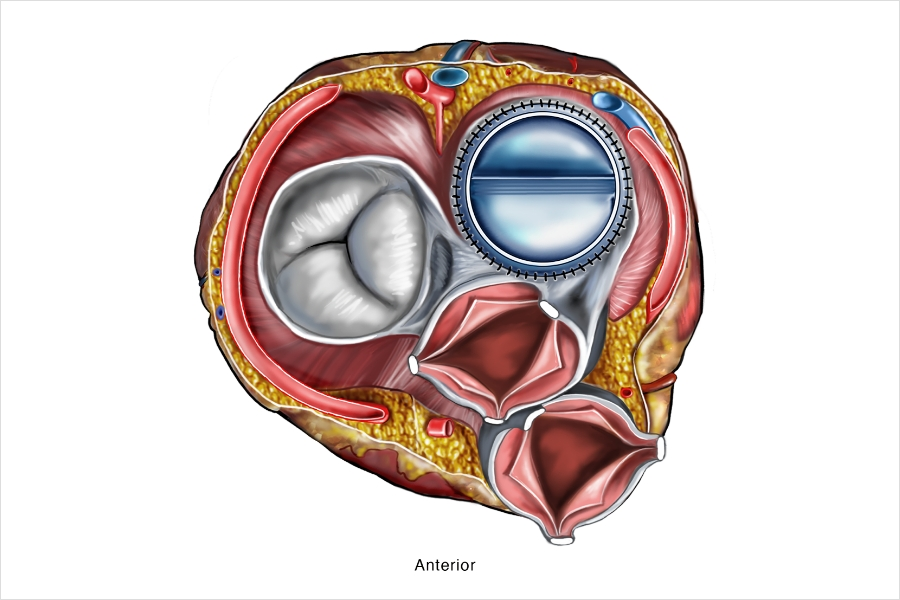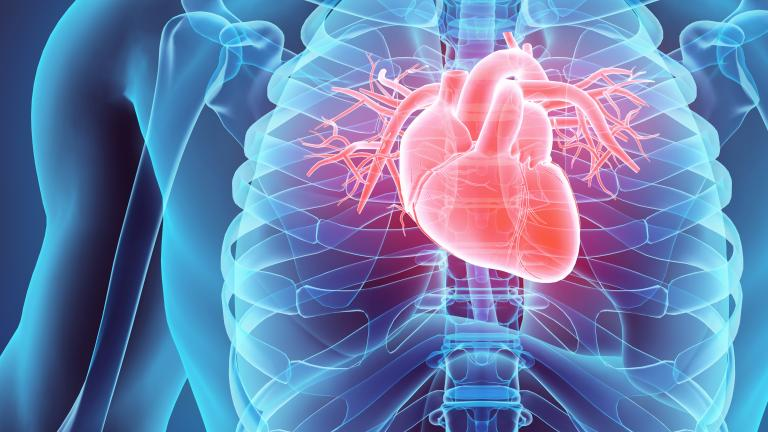

Heart valve disease occurs when one or more of the heart’s valves do not work properly. The heart has four valves: the aortic, mitral, pulmonary, and tricuspid valves. These valves have tissue flaps that open and close with each heartbeat, ensuring blood flows in the right direction through the heart’s chambers and to the rest of the body. Valve disease can involve stenosis (narrowing of the valve that reduces blood flow), regurgitation (leakage of the valve that allows blood to flow backward), or atresia (a valve that doesn’t properly form).
Causes
Heart valve disease can be caused by a variety of factors:- Age-related changes: Degenerative changes in the valves can lead to thickening or hardening (calcification).
- Congenital heart defects: Some people are born with malformed valves.
- Rheumatic fever: This condition can result from untreated strep throat and lead to scarred heart valves.
- Infections (endocarditis): Microorganisms that enter the bloodstream and attack the inner lining of the heart valves and chambers.
- Other cardiovascular diseases and conditions: Including aortic aneurysm, high blood pressure, heart attack, and advanced kidney disease.
Symptoms
The symptoms of heart valve disease can vary depending on which valve is affected but may include:- Shortness of breath or difficulty catching your breath, especially after exertion or when lying down
- Weakness or dizziness
- Palpitations or feeling the heart beating
- Swelling of the ankles, feet, or abdomen
- Rapid weight gain due to fluid retention
- Chest pain
- Fainting (syncope)
Diagnosis
Diagnosis of heart valve disease typically involves a combination of physical examination, where a doctor listens for a heart murmur, and diagnostic tests such as:- Echocardiogram: Uses sound waves to produce detailed images of the heart’s structure and function, including its valves.
- Electrocardiogram (ECG): Measures the heart’s electrical activity and can indicate strain on parts of the heart.
- Chest X-ray: Shows the size and shape of the heart.
- Cardiac MRI: Provides detailed images of the heart’s structure.
- Cardiac catheterization: A procedure where a thin tube is inserted into a heart artery, allowing for direct measurement of pressures and detailed visualization of arteries and heart chambers.
Treatment
Treatment for heart valve disease depends on the severity and type of valve dysfunction. Options include:- Medication: To manage symptoms and prevent complications, such as diuretics, beta-blockers, or blood thinners.
- Valve repair or replacement: Surgical procedures to repair or replace the damaged valve. Techniques include mechanical or biological valve replacements, and less invasive procedures like transcatheter aortic valve replacement (TAVR).
- Lifestyle changes: Managing weight, quitting smoking, and engaging in appropriate physical activity.
